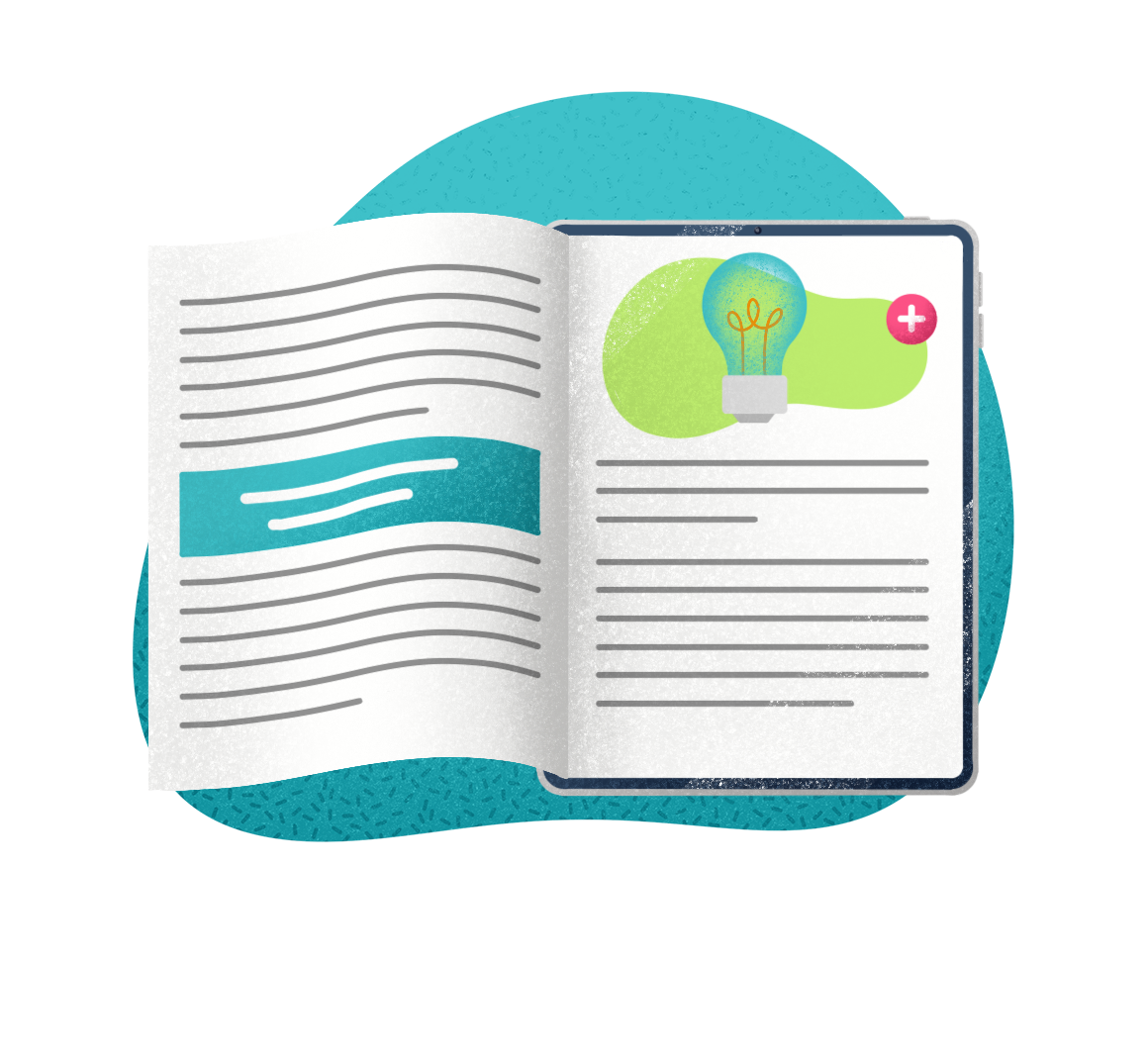Understanding the complex connections between various IT components is crucial to the success of your organization—especially considering the rate at which technology assets are added to businesses these days (there were 15.14 billion IoT devices in the world in 2023—a number that is expected to grow to 29.42 by 2030).
It doesn’t matter if you’re in IT operations, IT support troubleshooting technical issues, or a product manager planning for product upgrades, you need to have access to a clear view of your IT environment. You need to understand how each CI connects and communicates, especially when there’s a customer issue that needs to be addressed ASAP.
This is why discovery and dependency mapping (DDM), or automated discovery and dependency mapping (ADDM), is essential for your IT department. You’ll get constant and automatically updated data insights on how each asset within your IT infrastructure is performing and where any outages are. This blog will explore what discovery and dependency mapping is, why it’s important for the success of your business, and provide you with a 6-step process to implement the practice into your business.
What is Discovery and Dependency Mapping?
How does the new server you’re looking at using impact your current active servers?
If you can’t answer that question, discovery and dependency mapping might be the next item added to your upcoming IT budget.
Discovery and dependency mapping are forms of risk management to help you identify downstream risks associated with your IT infrastructure.
More specifically, discovery is the process of identifying and cataloging all the IT assets and resources within an organization– not just the hardware and software involved. Discovery encompasses servers, network devices, applications, databases, and even virtual machines (that’s right –it includes every IT component the company uses). Whereas dependency mapping establishes the relationships and interactions between these IT assets to answers questions like, “Which servers are critical for this application?”, “What network components are necessary for this service to function?”, or “What impact will a hardware failure have on our software systems?”
More about how an automated DDM works:
- Requires no installations or applications to scan the host infrastructure
- Operates in both public and private clouds
- Can either run on a schedule or is set up to be triggered by change management workflows
- Feeds the CMDB with the latest information about company’s the IT infrastructure
- Helps employees understand flows and dependencies with visualizations
- Communicates changes to affected end users after approved change orders are triggered in the CMDB
Why does Automated Discovery and Dependency Matter?
DDM tools scan networks and update CMDBs with new, accurate data from the configuration items in the company’s IT infrastructure—this is especially essential for companies with large data centers as it helps with incident and change management processes (less manual effort from employees). But, it’s not enough to just collect the information about the infrastructure, applications, and services with the business. The service desk needs the entire picture to properly diagnose issues end users are experiencing—the underlying components and their dependencies. And they need it on one platform that can work no matter where the support agent or end user are located (especially important considering the rise of hybrid and remote work).
It also matters because IT departments are under constant pressure from leadership to do more with less—people, budget, and tools—but to also improve their performance and value of support. To better support this initiative and make life more manageable for those in IT, DDM-powered CMDBs help fill this gap of deploying constant changes. Here’s how a DDM will directly improve an IT department:
- Improved Incident Management – When an incident occurs (e.g., server outage) knowing the dependencies (what’s connected to it) enables IT teams to quickly identify the root cause and then work to fix it. Dependency maps provide a visual representation of how different components interact—leading support teams to isolate and resolve issues more efficiently.
- Efficient Change Management – Dependency maps allow you to assess how changes will ripple through the IT ecosystem before you make them (i.e., what will happen if you implement x new software) – reducing the risk of unintended disruptions or downtime.
- Capacity Planning – With dependency mapping, you can find bottlenecks and resource constraints to proactively distribute resources when and where they’re needed most.
- Enhanced Security – Cybersecurity threats are on the rise. To keep pace and protect your data, understanding dependencies helps in identifying potential vulnerabilities within your IT infrastructure. This knowledge empowers your security team to implement safeguards and ensure all critical components are protected.
- Compliance and Auditing – Compliance with regulatory standards is mandatory in certain industries. With dependency mapping tools, you’ll have access to clear documentation of how IT assets are used to support business processes and can remain in compliance for all procedures.
Discovery vs Service Mapping – What’s the difference?
For IT discovery, the focus is on discovering hardware and software assets (e.g., the relationship between server and software), while service mapping refers to mapping out the relationships between the various assets within the IT infrastructure. Discovery shows you what exists within an envrionoment (high-level overview), whereas service mapping helps you understand how every application service connects and communicates. Application services are groups of connected applications configured to provide a specific service to an end user by operating together. This is typically done using an API that’s connected to a service endpoint and a service origin. An example of an API integration is when a user submits a ticket request on Intercom and the information populates into your Salesforce CRM about their entire client history.
6 Step Process to Successfully Implement Discovery and Dependency Mapping
By investing in the right tools and processes, organizations can harness the power of discovery and dependency mapping to navigate the complexities of modern IT environments and deliver top-notch IT service management. The steps below breakdown how to implement DDM into your organization and begin benefiting right away.
- Choose the Right Tools – Invest in reliable discovery and dependency mapping tools that support various platforms (physical, virtual, cloud), provide automated discovery capabilities, and offer visualization features for dependency mapping. This will take your IT infrastructure to the next level by protecting both you and your business.
- Define Your Scope – Clearly define what you want to discover and map within your IT environment. Be sure to specify the types of assets, the depth of discovery, and the level of detail required. This will help prevent information overload and keep your team focused on what matters most.
- Automate Discovery – Continuously discover and catalog IT assets by using automation to not only give you access to even more data, but also free up your time to work on other projects. It’s also less time-consuming and prone to human errors(the biggest cause of data problems).
- Map Dependencies – With your tool of choice, start by mapping the most critical components (e.g., servers, software, personal computers, cell phones) in your IT environment. Expand from there. Maintain these maps as your IT landscape evolves and grows because you’ll need to constantly update them to understand the complexities of your IT environment.
- Integrate with ITSM Processes – As you look for discovery and dependency mapping tools, make sure they integrate seamlessly with your ITSM platform. When they do, you’ll get access to real-time updates that ease incident management, change control, and other important ITSM processes—the biggest unlock for your IT support and preventing cyber threats.
- Regularly Review and Update – IT environments change quickly, which is why it’s even more important for you to schedule periodic reviews and updates of your discovery and dependency maps to keep them accurate and reflective of the current state of your infrastructure. A common rule of thumb: when you update something in your IT environment, update your dependency maps.
In ITSM, efficiency, reliability, and security are paramount to the success of your business. When using discovery and dependency mapping tools, you’ll have access to a holistic view of your IT landscape. Empowering you to make better decisions on your IT services that directly align with your business goals. EasyVista’s newest product update, 2024.1 includes digital accessibility, discovery and dependency mapping (DDM), and enhanced AI capabilities updates.
DDM FAQs
What is a CMDB?
A Configuration Management Database (CMDB) is a centralized repository that stores information about the configuration items within an organization’s IT infrastructure.
What is an IT service map?
Service mapping is a visual representation of the IT infrastructure of a business that allows you to analyze and monitor the customer experience.
Why do you need to map your IT technical dependencies?
Mapping your technical dependencies with your IT department helps your team understand the projects and technical oversight of the business. Gives insights into where roadblocks may be.
What is application discovery and dependency mapping?
Application Discovery and Dependency Mapping (ADDM) shows the various applications that are running within an IT infrastructure and the dependencies between them (i.e., how they relate and are connect to each other).
What does API mean in mapping?
Application Programming Interface (API) Data Mapping is the process of connecting data structures and information from different software applications to integrate the data and use together.

Infographic – The status of SMB IT in 2026
Explore how AI, automation & integrated ITSM/ITAM are reshaping IT strategy—at every scale.


